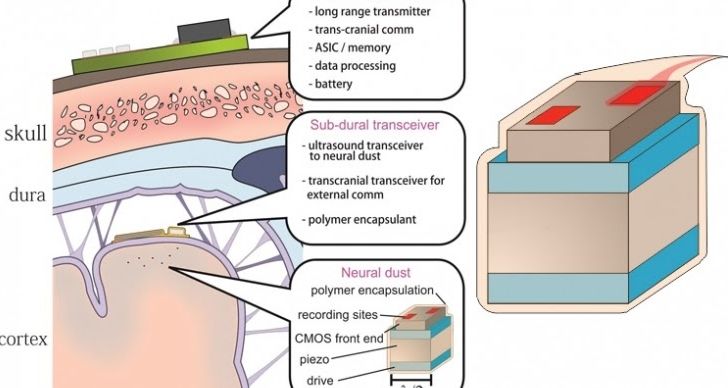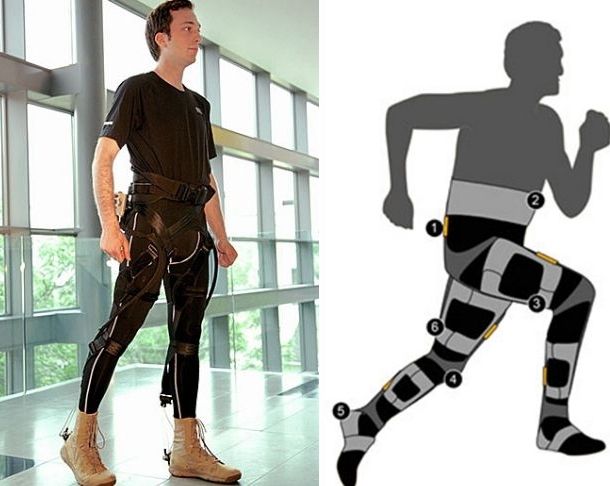Jun 7, 2016
Affordable, lightweight, low power walking assistance and strength enhancement for the soldier and the elderly with the Superflex exosuit
Posted by Klaus Baldauf in categories: biotech/medical, cyborgs, military, robotics/AI, wearables
SRI is developing wearable “exosuits” that can augment the musculoskeletal system for performance and strength enhancement and assistance to overcome or prevent damage from injury or disease. SRI’s exosuit differs from exoskeletons by using new muscle-like actuation, comfortable and soft skin attachment, and electronically releasable spring elements to minimize mass, bulk, and noise as well as eliminate constraints on natural joint motions. As part of DARPA’s Warrior Web Program, the technology is being applied to prevent and reduce musculoskeletal injuries caused by dynamic events typically found in the warfighter’s environment. They are exploring other military applications and beginning to use the technologies to assist individuals with musculoskeletal diseases.
The wearable exosuit, Superflex, uses motion sensors, accelerometers and gyroscopes to read the speed and angles of the owner’s legs and adjust its movements accordingly.
On April 21, 2016 – SRI International announced the launch of Superflex, Inc., its newest spin-off venture. Superflex will develop cutting-edge wearable robotics to enhance the human musculoskeletal system for a wide range of applications.


















